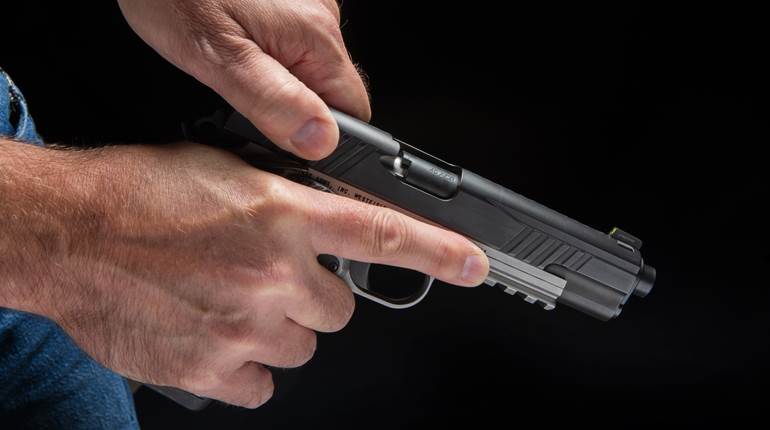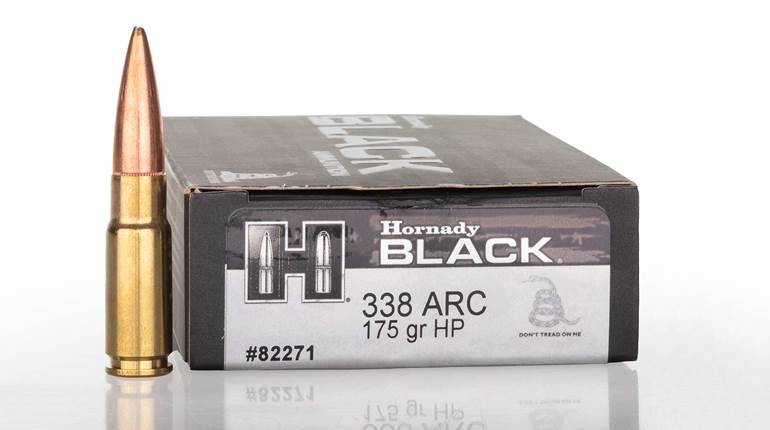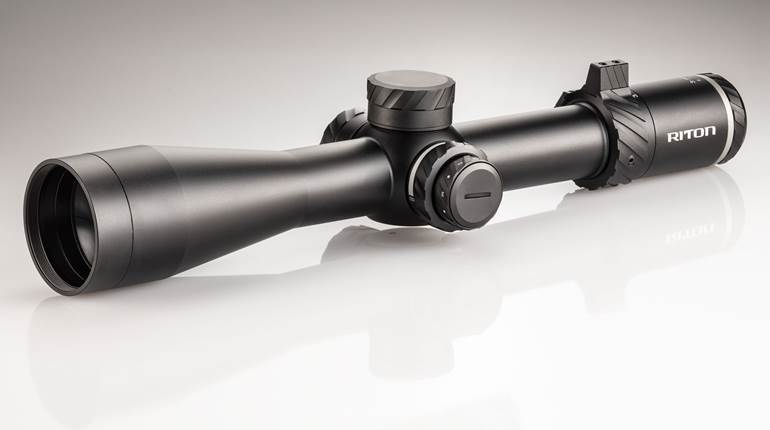
Anybody that knows me personally or is familiar with my work, will testify that I have a driving passion for long-range shooting. However, like most people, I don’t have untethered access to facilities that stretch out far enough to be considered “long range.” Often, I need to fill weeks, or even months, in between long-range shooting sessions, with just 100-yard ranges at my disposal. Rather than squandering my time, I have developed drills and routines that make better use of these ranges and even correlate with several long-range concepts. By applying what I know about m.o.a. and ballistics, I have come up with several different ways to work on long-range shooting skills so that when I do get to a full-length rifle range, I can pick up right where I left off.
The first and most obvious task is to scale things down, something that I learned from one of my favorite sports, NRA Service Rifle. This sport often requires as much as 600 yards' worth of distance to practice all four legs of the match. However, 100-yard versions of each of the targets are available for free and can be printed out on simple 8.5" by 11" paper.

The black area and scoring rings of these targets are proportionately scaled and will appear the same when sitting on a front-sight post (or inside of a reticle) as their larger counterparts. Because of this, a practice leg will yield the same numerical score as the larger target shot at the appropriate distance, excluding wind drift. The same practice is prevalent in the sport of centerfire-rifle silhouette shooting, with targets being scaled for 100-meter rimfire events and even 45 yards for airgun matches.
The sports of NRA Service Rifle and High Power are built on the foundation of good shooting positions. Therefore, wind-reading takes a bit of a backseat to shooting comfort and smooth rifle manipulations. When I’m only given a short range, I consider it an opportunity to work on my field positions and reloads, as well as my sling technique; all without the distractions of reading the wind and logging a dope book. I also take these opportunities to practice the rapid-fire legs of these matches with just five rounds split between two magazines.
Here, I practice all of the major movements, including reloading without spending extra time and money firing rounds of ammunition. As this is half of the round count for these legs, I only allow myself half of the standard time to complete the half-leg. Again, scores are comparable if we consider m.o.a. as the unit of measurement regarding shooter error. That off-center trigger press that drove my impact 0.5" right on my 100-yard target would have moved me three inches on a 600-yard target-yielding the exact same score in “real-life,” just so long as the wind didn’t grab it.

For those that have transitioned from classic shooting sports to the more modern styles of precision rifle shooting, there are even more possibilities for reduced-course training. Using an NRL 22 set from Atlas Target Works, I enjoy picking out random fixtures at the range and building positions with a .22 LR. In the past, I’ve used folding chairs, buckets and even a playset that we have sitting around for this specific purpose. Again, m.o.a. scaling is key but here I also have the opportunity to incorporate a bit of wind reading practice. If you are using an ultra-precise rimfire rifle with high-end ammunition then the only contributing factors to shot displacement are shooter error and wind drift.
Being that the amount of wind-related displacement per m.p.h. of wind is significantly different than with my centerfire rifle, I focus on determining wind direction and speed over figuring the proper hold. If my shots land in the direction that I call I consider myself successful, particularly if I am able to spot, correct and land a second-round hit. If you don’t feel there is enough wind available to make a difference, try substituting in subsonic loads or even Aguila Colibri loads, as their low velocity makes them more susceptible to whatever wind you have available.
There is a sliding scale between speed and accuracy in all facets of shooting (including ammunition production) so when I can’t practice my precision, I like to work on my speed. Often when I’m only given 100 yards to work with, I walk forward of the firing line (when allowed) and practice tactical maneuvers from distances as close as 7 yards. These reduced-distance days are just what the doctor ordered for working on things like box drills and weapons transitions. Adding items like barrels and walls also lay the grounds for room clearing and shooting on the move, which is not only essential to practice but a whole lot of fun, too.

Lastly, 100 yards is the industry standard for testing the accuracy of most rifles and ammunition. That being said, time spent on these ranges is a great way to work on a handload or even do a head-to-head comparison between a few different types of ammunition. Having the target close doesn’t give the wind much opportunity to change the impact of fast-moving, high-coefficient bullets. Setting up a cozy benchrest position also eliminates most instances of shooting error, leaving you with a target that more or less only reflects ammunition imperfections. Many shooters find this to be extraordinarily relaxing, as it takes away the extraneous stressors and forces you back to basics almost in the way a hike helps a hunter to appreciate the environment by eliminating the objective of finding game.
In certain seasons, many ranges become impassable and we find ourselves limited to the shorter, easier to maintain facilities and may even succumb to the allure of indoor ranges with their cushy heated shooting lanes. This doesn’t mean that we cannot enjoy and perfect our long-range craft, it just means that it’s time to get a little more creative. If we keep in mind the concepts of m.o.a. and target-scaling several different drills begin to present themselves and we find ourselves in better shape for the spring than we would be if we merely spent that time sitting on the couch. No distance, no problem–get out there and shoot!

















![Winchester Comm[94]](/media/1mleusmd/winchester-comm-94.jpg?anchor=center&mode=crop&width=770&height=430&rnd=134090756537800000&quality=60)
![Winchester Comm[94]](/media/1mleusmd/winchester-comm-94.jpg?anchor=center&mode=crop&width=150&height=150&rnd=134090756537800000&quality=60)


















